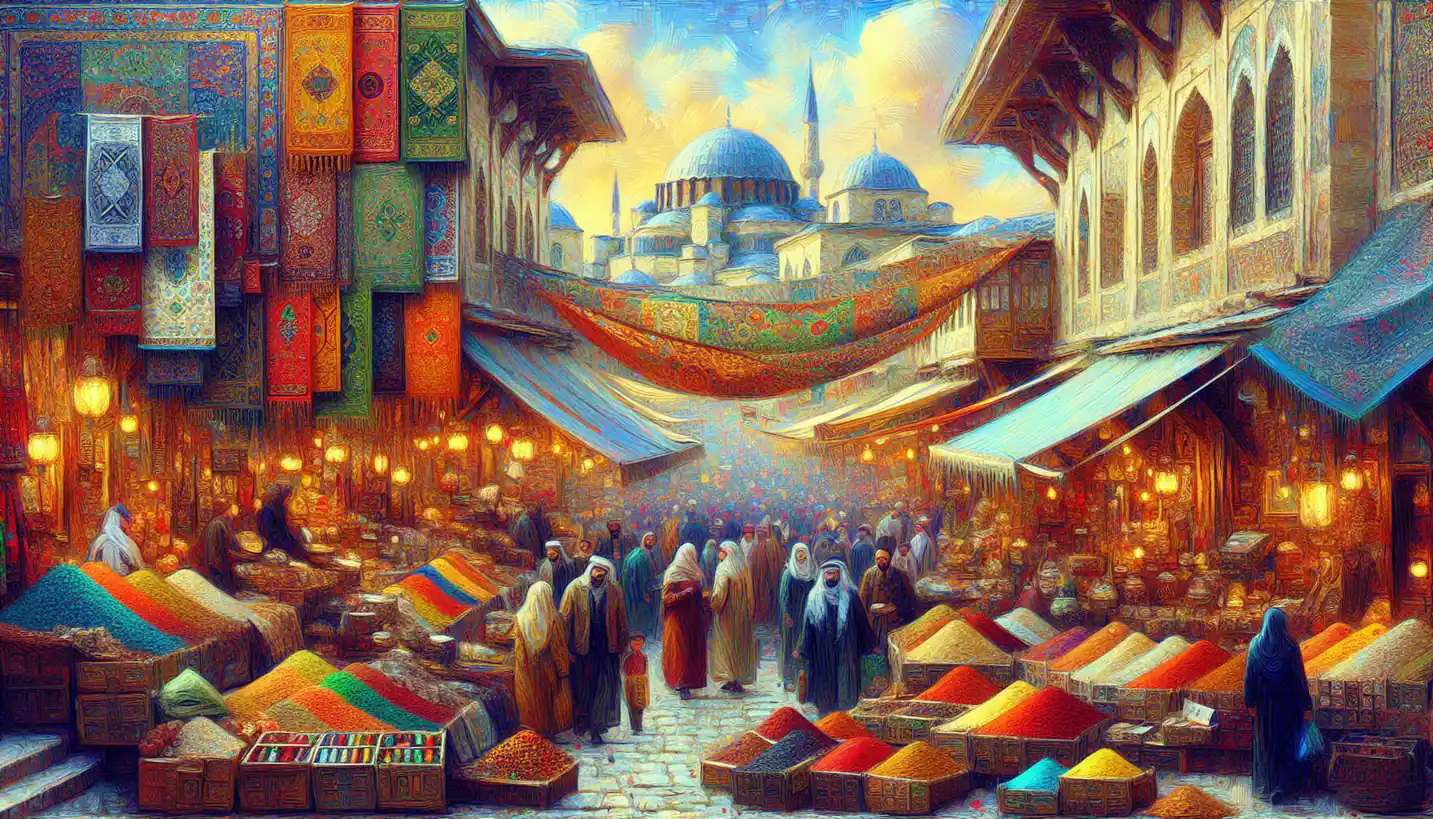· History · 4 min read
Tenebrism: The Dramatic Dance of Light and Shadow in Art History
Tenebrism's dramatic contrasts breathe life into art, showcasing bold visual narratives painted in light and shadow throughout history.

Throughout the dazzling tapestry of art history, one technique stands out for its striking ability to captivate and mesmerize. Known as tenebrism, this artistic method plays with the dramatic interplay of light and dark, creating scenes that leap off the canvas with intensity and emotion that few other styles can match.
What is Tenebrism?
Tenebrism is an artistic technique where stark contrasts between light and shadow are used to enhance a painting’s drama and emotional impact. Think of it like a spotlight illuminating a single actor on a dark stage; your eyes are instantly drawn to the illuminated figure while the surrounding darkness creates an air of mystery and focus.
This technique emerged during the Baroque period, a time when art was all about drama and grandeur. Artists wanted to evoke strong emotions and draw viewers into the story of their work, and tenebrism was a powerful tool in achieving that aim.
The Birth of Tenebrism
The roots of tenebrism can be traced back to the early 17th century, primarily in Italy. The Italian painter Michelangelo Merisi da Caravaggio is often credited as a pioneer of this approach. Caravaggio infused his works with light and shadow to emphasize realism and emotion, breathing life into biblical and mythological scenes.
His masterpiece, “The Calling of Saint Matthew,” is a perfect example of tenebrism. In this painting, a beam of light cuts through the dimly lit scene, highlighting the figures and enhancing the drama of the narrative unfolding before us. It’s as if Caravaggio was inviting viewers into the moment, making them a part of the story.
Why Tenebrism? Understanding Its Emotional Power
The use of tenebrism wasn’t just a stylistic choice; it was a powerful storytelling device. Artists could manipulate light to guide viewers’ emotions and attention, creating intense focal points that captured the essence of the moment.
Imagine standing in a dark room where a single window lets in a beam of sunlight. Whatever that light touches becomes your focus, creating an emotional connection with whatever is illuminated. This is the heart of tenebrism—highlighting specific parts of a scene while leaving others in shadow enhances their significance and evokes mystery or intrigue.
The Technique Behind the Drama
Creating a tenebrist painting wasn’t merely a matter of placing dark colors next to light ones. Artists needed to understand how light falls and reflects, using their knowledge to manipulate contrasts skillfully. This control of light and shadow required careful planning and a keen eye for detail. Artists often used candles or window lighting to achieve the desired effects in their studios, painstakingly recreating these in paint.
Caravaggio, for instance, was known for using real-life models to achieve accurate depictions, which was reflected in the realism and power of his tenebrist works. His use of “chiaroscuro” (another word for the interplay between light and shadow) was revolutionary, creating scenes that felt almost alive.
The Impact on Art History
The influence of tenebrism spread quickly, impacting artists throughout Europe. Painters such as Georges de La Tour in France and Francisco de Zurbarán in Spain adopted the technique, applying it to religious and secular subjects alike. Tenebrism allowed these artists to break away from the more subdued and harmonious compositions of the Renaissance, introducing a new level of emotional depth to their works.
Even today, the echoes of tenebrism can be seen in various art forms, from photography to cinema, where lighting plays a crucial role in creating mood and drama. The technique’s power to evoke emotion and focus attention remains as relevant as ever.
Drawing the Audience In: Questions and Curiosities
While tenebrism has been a classical staple in historical art, it raises interesting questions about the future. How will modern technologies influence the use of light and shadow in visual storytelling? Could virtual reality and digital art explore new dimensions of tenebrism?
Furthermore, what other aspects of human perception could be manipulated through these techniques? As artists continue to push boundaries, the principles of tenebrism offer fertile ground for innovation.
The Everlasting Allure of Light and Shadow
In conclusion, tenebrism is more than just an artistic technique; it’s a powerful reminder of the impact of light and shadow in shaping our perception of the world. It’s about contrast and focus, guiding our eyes and touching our emotions. By immersing us in the interplay of light and dark, tenebrism connects us to the heart of the human experience—our quests for meaning, our struggles, and our triumphs illuminated by the light we crave.
Whether you’re standing in front of a masterpiece by Caravaggio or watching a thrilling film noir, the drama of tenebrism calls to you, inviting you into a world where every shadow holds a story waiting to be told.


